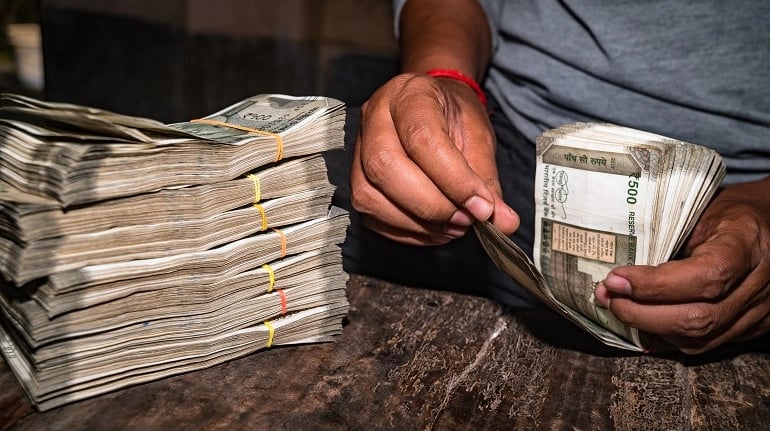Indian Government Bonds and INR Face Pressure
This week, the trajectory of Indian government bonds and the Indian rupee (INR) will largely be driven by developments in the Israel–Iran conflict and the resulting impact on global crude oil prices. The Reserve Bank of India (RBI) is expected to play a pivotal role in managing currency volatility as geopolitical tensions ripple across emerging markets.
Brent crude spiked on Friday following reports of an Israeli airstrike on Iranian territory. At Monday’s open, Brent climbed above $78 per barrel before retreating to $74.78—highlighting the fragile balance between investor sentiment and geopolitical uncertainty.
Oil Shock and Currency Stress Test for India
India is highly exposed to oil price shocks, importing more than 80% of its crude needs. A sustained rise in Brent crude prices puts upward pressure on inflation and widens the country’s current account deficit, leading to a weaker rupee (INR).
As energy prices surge, sovereign bond yields tend to rise due to increased fiscal risks and inflationary expectations. Investors grow wary of potential slippage in fiscal discipline, especially as fuel subsidies and import costs climb. The RBI's intervention strategy—whether through direct USD sales or forex swaps—will be critical to containing rupee depreciation.
Key Facts:
Brent crude surged following Israel’s strike on Iran, crossing $78 early Monday.
It later pulled back to $74.78, reflecting market jitters.
The Indian rupee (INR) remains volatile amid geopolitical risk.
The Reserve Bank of India may intervene to stabilize the currency.
Yields on India’s 10-year government bonds rose in response to rising inflation fears.

Market Reactions and Analyst Commentary
Indian financial markets are entering a risk-off mode as the Middle East crisis intensifies. Market participants are closely watching the RBI for signs of currency defense, with potential interventions via USD liquidity operations or FX reserves.
Bond market stress reflects investor concerns over possible capital outflows as global funds rebalance portfolios toward safer assets such as U.S. Treasuries (US10Y). Any further escalation in oil prices could prompt a broader sell-off in emerging markets, with India among the most oil-sensitive economies.
Analysts point out that much depends not only on how the conflict unfolds but also on how global oil markets respond—particularly the behavior of OPEC+ in ensuring supply stability.
Key Takeaways:
Brent crude volatility triggered sharp swings in the Indian currency and bond markets.
India’s heavy reliance on oil imports makes it highly sensitive to geopolitical energy shocks.
The RBI is expected to act decisively to stabilize the INR and maintain liquidity.
Government bond yields are rising on fears of sustained inflation and higher borrowing costs.
Global capital flows are shifting in favor of low-risk assets amid heightened uncertainty.

India’s Markets in the Crossfire of Global Risk—Oil and Central Bank Response Are Pivotal
The escalation between Israel and Iran introduces fresh risks for emerging markets, particularly oil-importing nations like India. As Brent crude prices climb, the pressure on the INR and domestic bond yields increases, creating challenges for monetary policymakers.
The Reserve Bank of India is likely to step up currency stabilization efforts in the coming days, aiming to mitigate panic-driven outflows. Ultimately, the direction of global oil prices and broader market risk sentiment will shape India’s financial outlook in the short term.















Comments
The transaction reflects growing investor confidence in long-term automation trends amid technological disruption